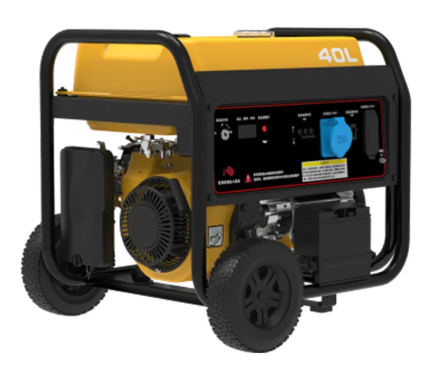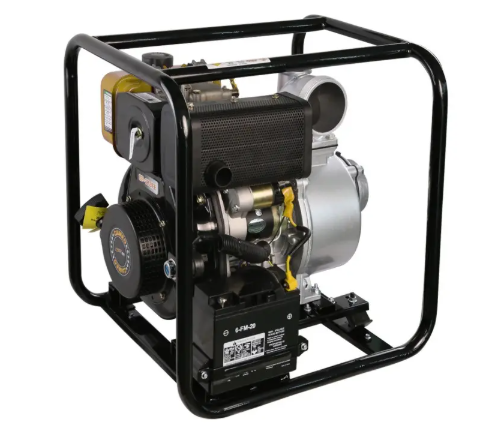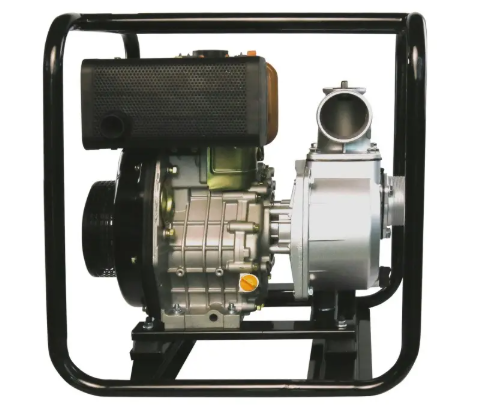power plant transmission
Power plant transmission systems serve as the critical link between power generation and distribution networks, playing a vital role in delivering electricity from power plants to end users. These sophisticated systems incorporate advanced technological features including high-voltage transformers, switchgear equipment, and robust transmission lines designed to minimize power losses during long-distance electricity transfer. The system utilizes both alternating current (AC) and direct current (DC) transmission methods, with modern implementations featuring smart grid capabilities for real-time monitoring and control. The transmission network employs various voltage levels, typically ranging from 138kV to 765kV, to efficiently transport power across vast distances. Key components include transmission towers, conductors, insulators, and substations that work in harmony to maintain reliable power flow. The system incorporates redundancy measures and protective mechanisms to ensure continuous operation even during adverse conditions. Advanced monitoring systems utilize sensors and digital technologies to detect potential issues before they escalate, enabling preventive maintenance and reducing downtime. These transmission systems are designed to handle varying load demands while maintaining stable voltage levels and frequency control, making them essential for both industrial and residential power distribution.


